Jade Garden (제이드가든)
14.9Km 2022-12-22
80, Haetgol-gil, Chuncheon-si, Gangwon-do
+82-33-260-8300
Jade Garden is an exotic arboretum established with the theme of “small Europe in the forest.” It was built on an area of 163,500 m2 by keeping its natural topography and establishing 24 themed gardens. This European-style arboretum comprises Italy’s Tuscan-style Visitor Center at the entrance, English Border Garden, and Italian Wedding Garden built with Italian style of garden and waterway. It also has three walking paths -Namunaeum-gil, Danpungnamu-gil, Supsokbaram-gil. Namunaeum-gil in the middle of the arboretum is paved with woodchips and has good accessibility to the theme gardens. Danpungnamu-gil located at a high ground is a quiet trail, while Supsokbaram-gil is surrounded by thick trees and an ideal walking path in the summer season. Each walking path requires 40 to 60 min each way, and they are connected in the middle of the trails. Each path begins from the Visitor Center and ends at the White Garden or Sky Garden at the top of the arboretum. Visitors can take a rest at a cafe, restaurant, and souvenir shop. The nighttime operation is available depending on the season, and the shuttle bus runs between Gulbongsan Station of the Gyeongchun Line and the Arboretum.
Chuncheon Lake192(춘천 레이크192)
15.0Km 2024-12-12
555 Gail-gil Sabuk-myeon, Chuncheon-si, Gangwon-do
A place where even time takes a break
It is a pension located in a place where mountain peaks with gradation of light and shade like ink paintings and the scenery of the lake that reflects the forest below are in harmony. A modern building that stands out in nature is the 'House to the Lake', which won the 2009 Korea Architecture Award. Let's take a picture with a photo card while touring the place where the BTS members ate or stayed while filming ‘In the SOOP BTS ver.’ in Chuncheon, such as a large grassy yard, outbuilding, and accommodation.
Miramonti Pool Villa Pension (가평미라몬티풀빌라펜션)
15.9Km 2024-12-13
1364-59 , Gahwa-ro, Gapyeong-gun, Gyeonggi-do
Miramonti Pool Villa Pension is located in Buk-myeon, Gapyeong-gun, Gyeonggi-do and has beautiful mountain views to the front and back. There is one private pension and three pool villa pensions. The private pension has five rooms and four bathrooms and can accommodate up to 30 group guests. There is a private outdoor swimming pool in the front yard and an indoor jungle gym. Pool villas are all two-story structures equipped with a lukewarm indoor pool. The rooms are equipped with a kitchen, a barbecue area, and a bathtub. Nearby tourist attactions include Nami Island and Petite France.
Jarasum Jazz Festival (자라섬재즈페스티벌)
16.7Km 2023-05-24
1-1, Daljeon-ri, Gapyeong-gun, Gyeonggi-do
• 1330 Travel Hotline: +82-2-1330 (Korean, English, Japanese, Chinese) • For more info: +82-31-581-2813~4
The Jarasum International Jazz Festival is held every October on the beautiful Jaraseom Island in Gapyeong-gun, Gyeonggi-do. During the festival, world-famous jazz artists come together to delight audiences with the smooth vibes of live jazz.
As a Green Life Honorary Ambassador, the festival is also passionate about environmental protection. In order to share the external growth with the community, the festival holds Gapyeong Band Contest, publishes Gapyeong Restaurant Guidebook, and produces Jazz Makgeolli and Jazz Wine made from the region’s produce.
Gyereuk (계륵)
16.7Km 2024-12-23
강원특별자치도 춘천시 남산면 김유정로 351
This restaurant specializes in sutbul dakgalbi (Spicy Stir-fried Chicken) made with native Korean chicken. Here, the sutbul dakgalbi is made with salt-based marinade, enhancing the chicken’s savory flavor even without a sauce. Conveniently located between Chuncheon and Hongcheon, it is an ideal stop if you’re planning to visit both areas.
The Stay Hotel (더 스테이호텔)
16.8Km 2024-12-20
73 , Bonap-ro, Gapyeong-gun, Gyeonggi-do
+82-31-581-5711
The Stay Hotel in Gapyeong, Gyeonggi-do is in a peaceful spot where Gapyeongcheon Stream meets the Bukhangang River, with Mount Bonapsan behind it. Local facilities such as Gapyeong-gun Office, Gapyeong Market, Gapyeong Station on the Gyeongchun Line and Gapyeong Bus Terminal are all within a convenient 2km radius. Jara Island, where the annual Jarasum Jazz Festival is held, is 4 minutes by car, while Chuncheon Nami Island is a 10-minute drive away.
JARA ISLAND (자라섬)
17.2Km 2024-10-31
60 Jaraseom-ro, Gapyeong-eup, Gapyeong-gun, Gyeonggi-do
+82-31-8078-8028
JARA ISLAND takes its name from its view of a hill resembling a terrapin, "jara" in Korean. Comprising four smaller isles—Dongdo, Seodo, Jungdo, and Namdo—the island is being developed with leisure and ecological park amenities. Jungdo features a sprawling cultural park, centered around a lush grassy plaza that spans over 100 meters in diameter. Meanwhile, the west end of the Jarasum Campground is home to Ewhawon, a park designed to immerse visitors in natural ecology. Beyond its renown as a prime camping destination, Jara Island has also gained fame for hosting the Jarasum International Jazz Festival annually since 2004.
Han River Walk (한강수계 걷기행사)
17.2Km 2024-09-11
60 Jaraseom-ro, Gapyeong-eup, Gapyeong-gun, Gyeonggi-do
+82-2-458-3315
The Han River Walk is a walking event that takes place at various locations along the Hangang River, including Dumulmeori in Yangpyeong-gun, and Jara Island in Gapyeong-gun, Gyeonggi-do; Soyanggang River in Chuncheon-si, Gangwon State; Binaeseom Island in Chungju-si, Chungcheongbuk-do; and Yeouido Hangang Park in Seoul. Participants can expect to enjoy light exercise in beautiful natural settings, as well as earn a completion medal. In addition to walking, the festival dates will feature a range of additional events for a lively environment.
Gapyeong Rail Park (가평레일파크)
17.2Km 2024-10-18
14, Jangteo-gil, Gapyeong-gun, Gyeonggi-do
+82-31-582-7788
The railbike tour departing from Gapyeong Rail Park passes through Gapyeongcheon Stream Iron Bridge, Bukhanggang Iron Bridge and Zelkova Tree Tunnel before turning back to Gapyeong Rail Park. This route is featured in the Korean film "The Letter (1997)," and thus loved by both couples and photographers looking to capture some beautiful scenes along the old railroad track. Visitors can enjoy the beautiful river view while getting some light exercise with loved ones.
Jaraseom Island Auto Campground (자라섬오토캠핑장)
17.2Km 2023-10-04
60, Jaraseom-ro, Gapyeong-gun, Gyeonggi-do
+82-31-8078-8028
Jaraseom Island Auto Campground has been in operation since 2008 with the hosting of the Gapyeong International Camping Caravan Competition. The campground is highly rated as the best campground in the Seoul metropolitan area, offering outstanding natural views of the Bukhangang River, and eco-friendly facilities. Guests can stay in mobile homes, caravans, or at the auto-camping site. Amenities include public cooking areas, restrooms, shower booths, and laundry machines. The campground operates under a reservation basis, accepted over the phone or online. Nearby attractions include Nine Forest Ehwawon, a filming site for the drama "Iris (2009)," and the venue for the Jarasum International Jazz Festival, taking place every October.

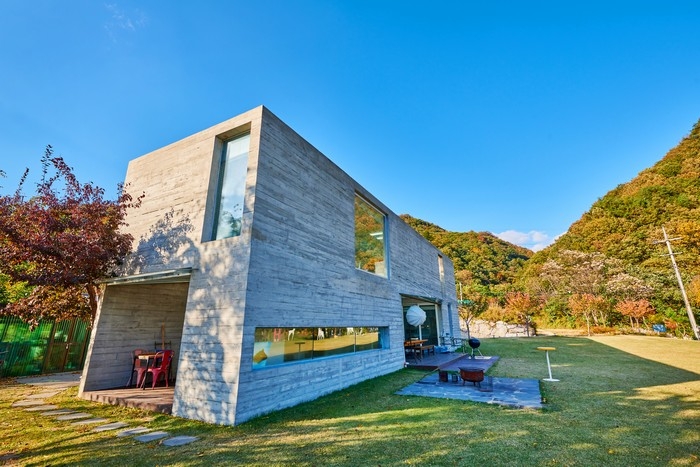
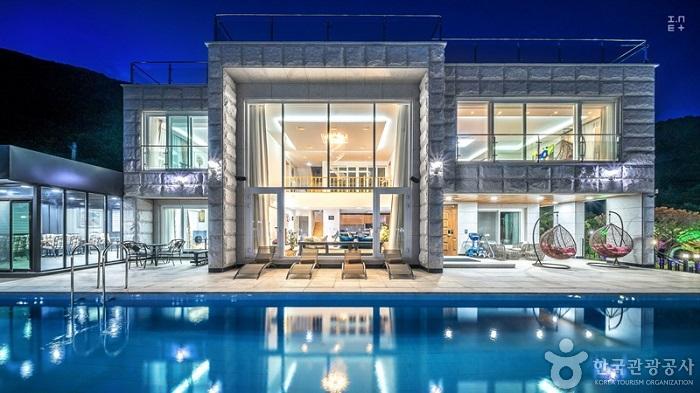
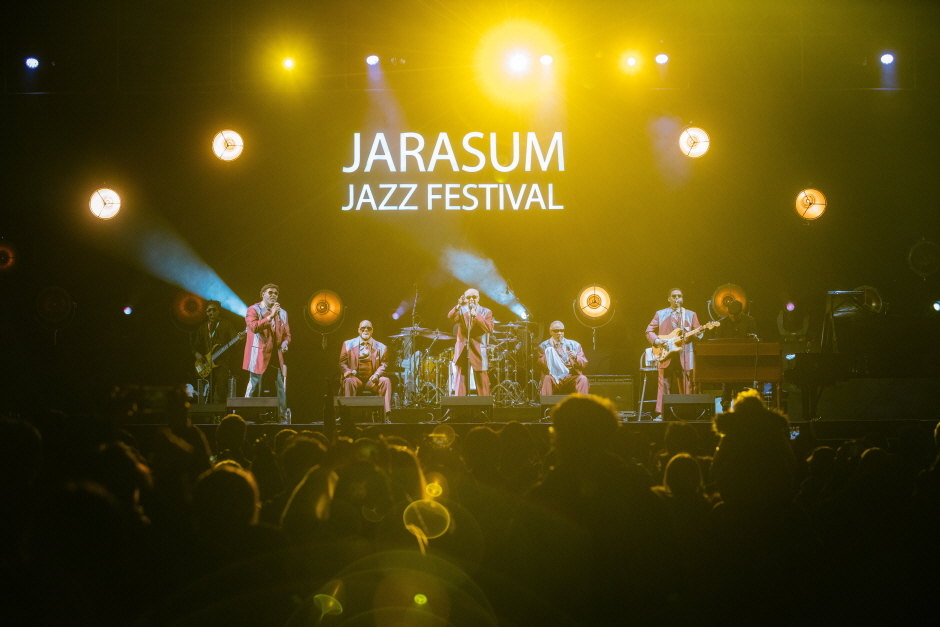
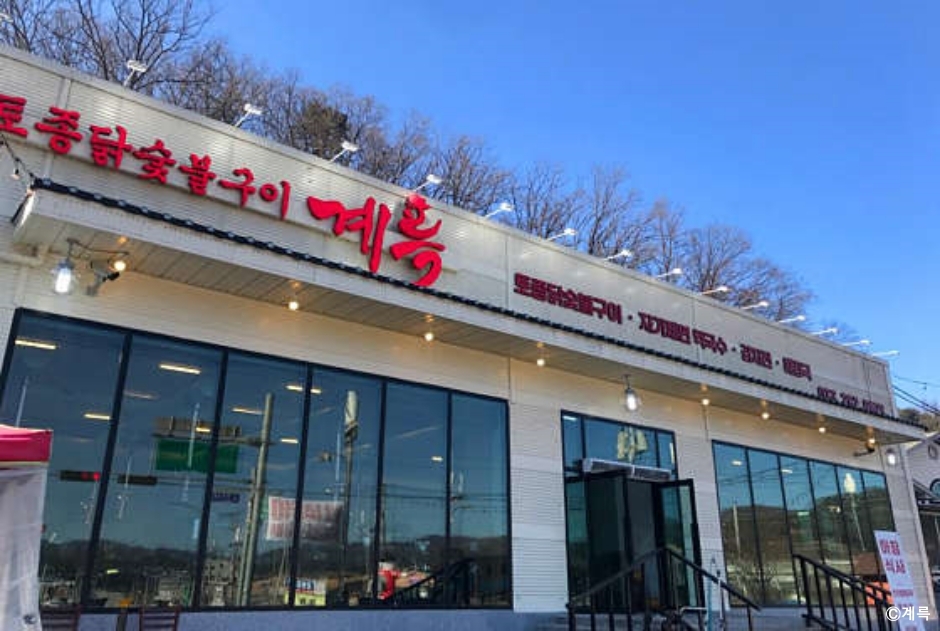
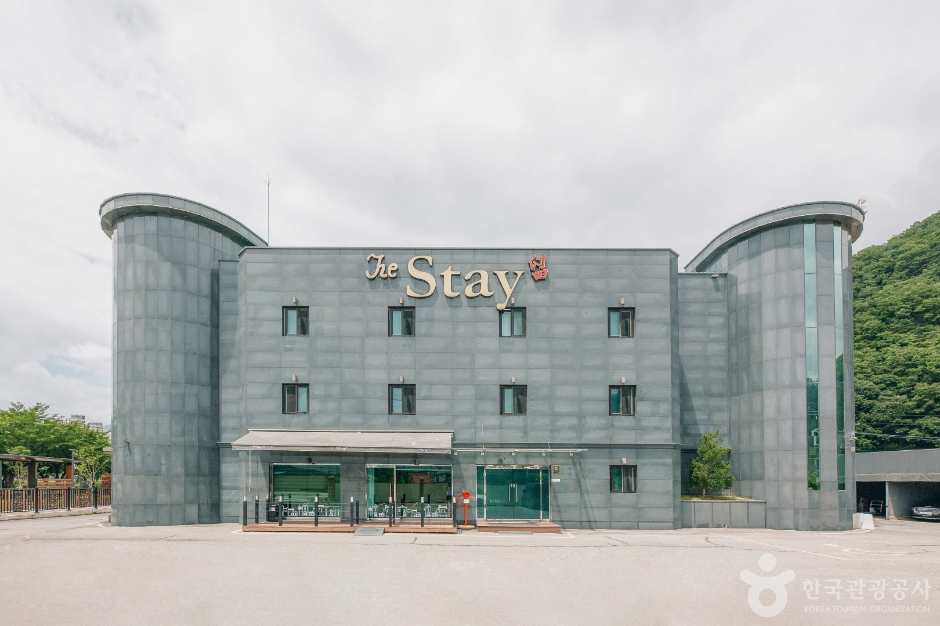
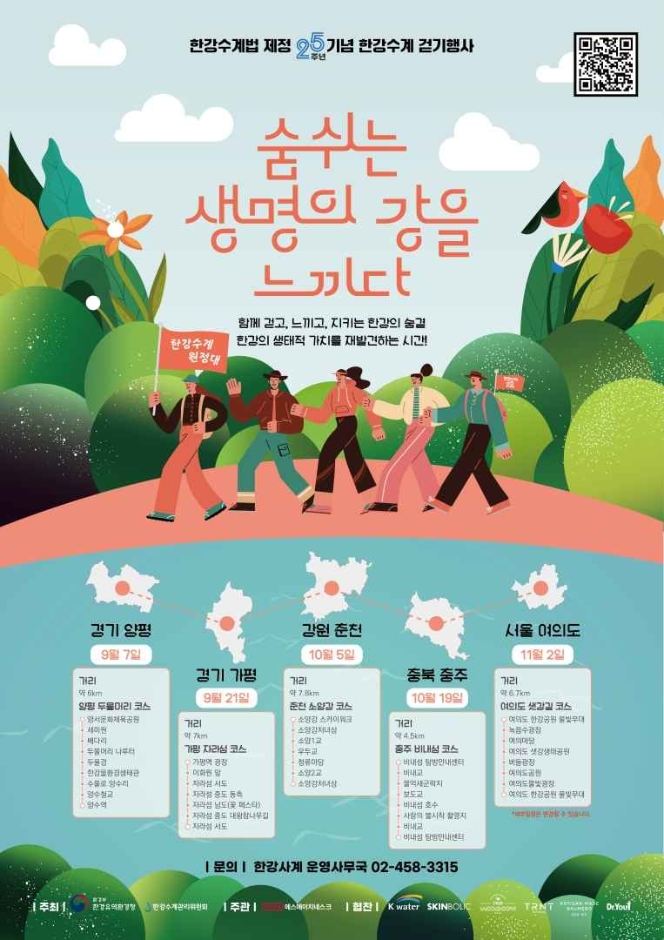
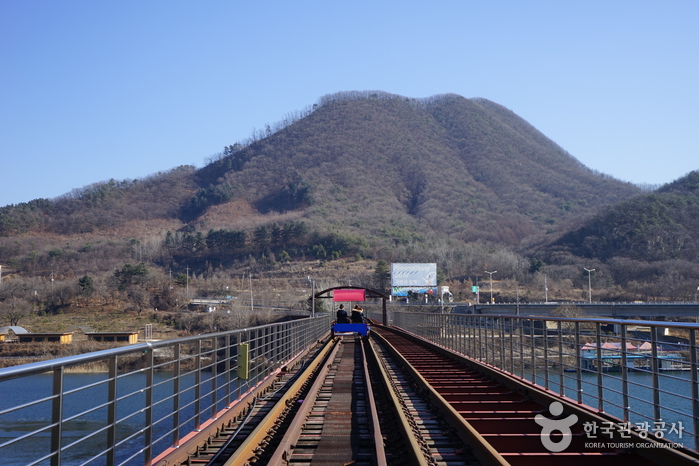
 English
English
 한국어
한국어 日本語
日本語 中文(简体)
中文(简体) Deutsch
Deutsch Français
Français Español
Español Русский
Русский